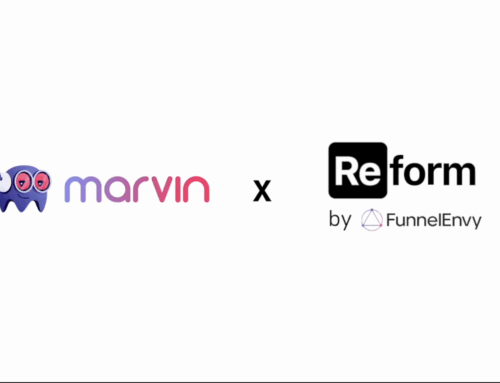Introduction
The call-to-action (CTA) button text plays a significant role in determining how well your website or landing page converts visitors into customers. In this post, we’ll explore the key strategies behind selecting the right CTA button text that aligns with your audience’s intent and drives better conversions.
Why CTA Button Text Matters
Your CTA button text directly impacts how users engage with your content. Whether you’re asking them to “Buy Now,” “Sign Up,” or “Learn More,” the right wording can either motivate them to take action or leave them uninterested. It’s essential to understand how small changes in language can have a significant impact on user behavior.
Best Practices for Writing CTA Button Text
- Be Clear and Direct: Use simple, clear language that tells users exactly what they will get when they click the button.
- Use Action-Oriented Words: Strong action verbs like “Get,” “Start,” or “Download” prompt users to take immediate action.
- Create a Sense of Urgency: Words like “Now” or “Today” can encourage users to act without delay.
- Match User Intent: Ensure the CTA text aligns with the user’s journey. For instance, a “Free Trial” may be more appropriate for a first-time visitor, while “Get Started” might be better for returning users.
A/B Testing CTA Button Text
Conducting A/B tests with different CTA button texts is a great way to determine what resonates best with your audience. For example, you could test “Sign Up Now” vs. “Join Us Today” to see which generates more clicks. Testing helps you refine your approach and improve conversions over time.
Real-Life Examples of Effective CTA Button Text
In our recent tests, we found that using personalization in the CTA text, such as “Get Your Free Demo,” performed better than a generic “Get Started.” Personalized CTAs speak directly to the user’s needs, making them feel more connected and increasing the likelihood of conversion.
Conclusion
Your CTA button text is a crucial element of your conversion strategy. By testing different variations, using actionable language, and aligning with your user’s intent, you can significantly improve the performance of your calls to action. Don’t underestimate the power of words—small changes can lead to big results!




